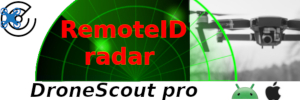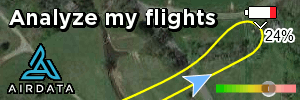hank970
Well-Known Member
The following remarks assume that you want to create a topographic map or something similar. If my assumption is flawed, then disregard the following.So you mean, it is not necessary. I trust that, OK. So, shall we assume that the triangulization we get will not be very different as per the real values.
But, note that the flight height of a satellite is so big that, the difference in the terrain heights covered, would be very negligible compared to their flight height, while I am talking about a drone flight.
Mean sea level (MSL) serves as a worldwide reference for ground elevations. What you want/need to do with your drone is to create a proxy local reference that is, to the extent possible, a consistent height above MSL. To establish that reference, ascend to a height above a launch point of known elevation that's high enough to safely clear all local terrains. Fly your drone at that proxy altitude while mapping and rely upon it as a fixed reference against which to gauge differences in the elevations of the ground below. The rest is math.









